With numerous technologies making an appearance in the last decade, the world is becoming a smaller place with more connections. Augmented Reality [AR] is one among them. Augmented Reality is a perfect concoction between the real world and the computer-generated world, i.e., virtual world. This concoction is achieved by “augmenting” computer-generated images in the real world. Augmented Reality has its genesis from the word Augment which means to add or enhance. With the help of AR applications, Augmented Reality overlays computer-generated images on to the real world. AR is considered as technology in between the telepresence and Virtual Reality. When it comes to Virtual Reality [VR], the environment is entirely synthetic. On the other hand, telepresence, the atmosphere is genuine. AR focuses on giving an enriched user experience by encompassing graphics, touch, sounds, computer vision, and computer graphics.
It needs to get a clear cognizance of the real world, and then the virtual objects are modeled accordingly. The real world is considered to be the target here. After modeling the virtual world, it is projected over the target, the real world. We also have various aspects that make up AR so versatile and helpful. They are:
1. Combination of the real and virtual world: as the name suggests, AR technology overlaps virtual objects on to the real world. This Combination process is crucial. The morality of the application depends on this pivotal procedure.
2. Interactivity in real-time: AR technology breaks the barriers between the real world and computer-generated world. AR is an appropriate mixture of these two worlds. It creates experiences that would not be possible in a completely real or virtual world.
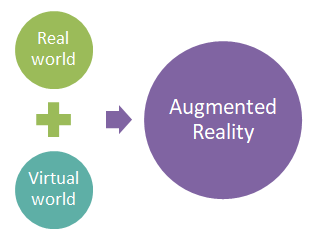
3. Portability: Another striking aspect of AR is portability; usually, virtual environment systems are not portable and can be taken over a very short distance. But AR increases the required environment and is comparatively more portable.
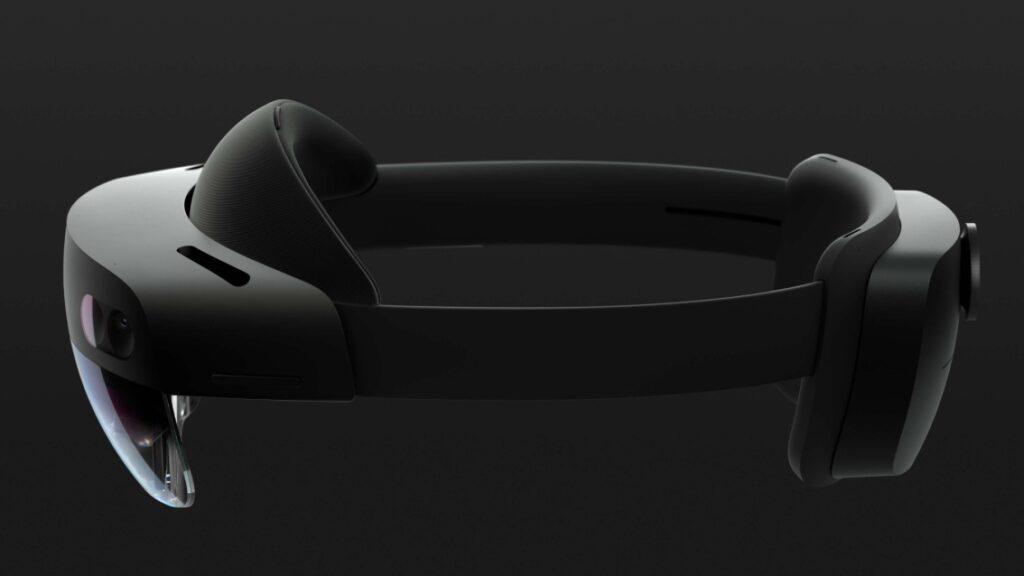
Technologically AR comprises of three common integrants those are:
1. Scene generator: Scene generator is a device or software that helps in furnishing the scene. Delivering the scene is not considered to be a challenge in the process of AR. This challenge is because only a few virtual objects are to be projected over the target.
2. Tracking system: Tracking system is one of the challenging features in AR due to the registration problem. The objects’ alignment must be accurate as both the virtual and real-world objects co-exist in the same environment. Any slight variation in the alignment would compromise with the quality of the result.
3. Display: The AR technology is an infant technology whose out-turn depends on the design decisions. The display devices for AR are usually HMDs (Head Mounted Devices), substitute to this is also present. Downsizing these display devices without compromising with the quality, resolution, and brightness is a challenge. Further technologies aiming to achieve these goals are not yet sufficiently small, lightweight, and low cost.
AR has successfully established itself in various domains. Its applications are to be beneficial in many prominent fields. People are experiencing things like never before with this technology’s help, and it has been an absolute boon to various industries. It is expected that this technology will come in other potential areas of application with the diffusion of technology. Here are some of the fields where AR technology is flourishing:
HEALTHCARE
Since imaging technology is so omnipresent in the field of medicine. It is no shocker that this is one of the top domains utilizing the AR technology. This technology is not only used to guide the doctors during surgery but also aims to educate trainees virtually to establish transfer-ability to the clinical context. Several practitioners prefer to eliminate outdated methods and indulge themselves in the upcoming technologies. AR helps visualize the human anatomy by creating 3D models from different views and slides in the pre-operative study process. AR technology is fruitful in ultrasound imaging, where images of the fetus are carefully evinced and laid over pregnant women’s abdomen.
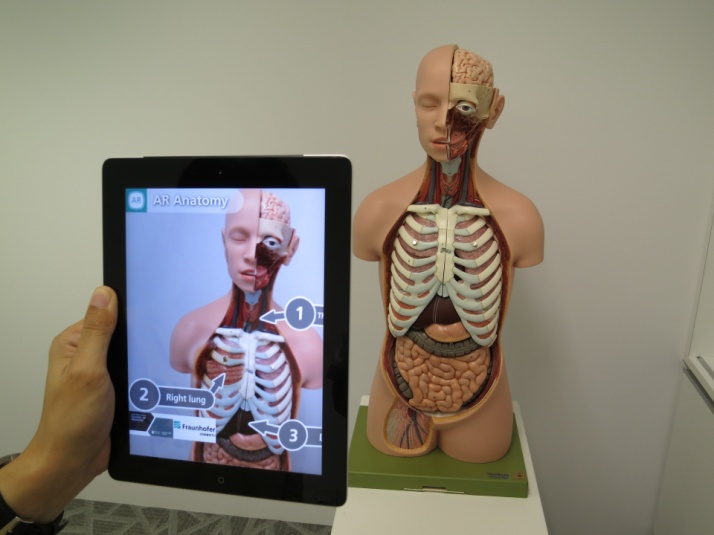
ENTERTAINMENT
The entertainment industry is one of those industries which have never left our side since the pre-historic period. It is part and parcel of one’s life. With the advance of time, this industry is becoming progressively futuristic. With our appetite becoming more punctilious and technological, the entertainment industry is going leaps and bounds to amuse us effectively. Game developers, movie companies, music, and theater producers will not be in two minds to contrivance these cutting-edge technologies to generate some unforgettable shows. We bet that the first thing that comes to your mind when we say Augmented Reality is an AR game, Pokemon Go. People obsessed with collecting avatars, which were virtual objects augmented onto the real world. AR technology as not only found its place in the gaming industry but also in the advertisement industry. People use this technology to cast the advertisements on to the stadiums. All in all AR has successfully established itself in the entertainment industry.

DESIGN AND ARCHITECTURE
Starting from the interior designing to architecture and construction, AR has succored to envision the end products during the idea-building process. It provides accurate insight on the end products based on the initial requirements. This tech can design a large scale area; urban planners utilize this technology in developing an entire city. Any design process or planning with spatial relationships serves as the perfect use case of AR.
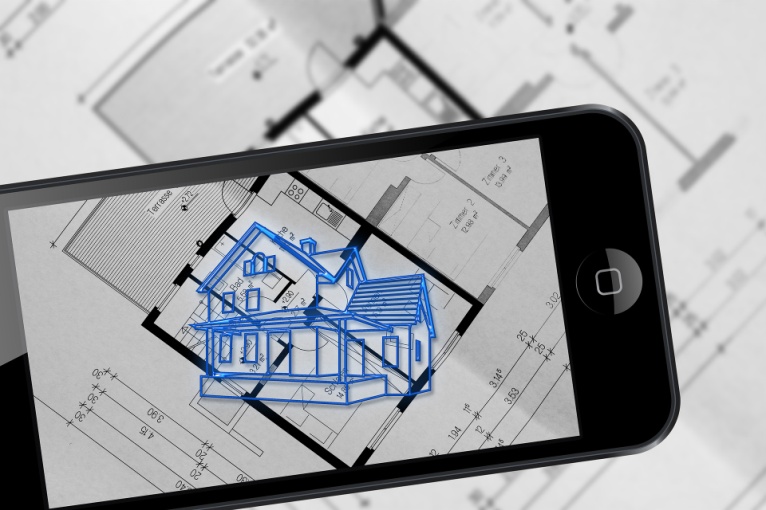
EDUCATION
Augmented Reality in education is escalating in popularity in various educational institutions worldwide. Through this technology, educators were victorious in expanding the students’ imagination by making them more interactive and curious. It maximizes the students’ time on the academic curriculum than the time spent in learning how to use this tech. Students can be encouraged to follow their pursuits and design their open-end lessons; thus, they acquire a sense of responsibility. AR can even thin lines between textbook content and student-created content.
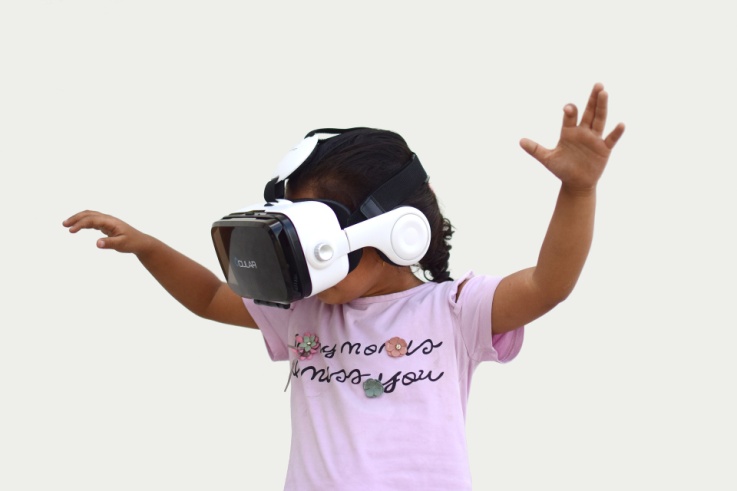
Some other applications of Augmented reality include:
1. AR is extensively used to assist archaeologists in their researches; this technology is used to recreate different structures present in the past and lay them over the real environment. By doing so, it helps the researchers to understand the architecture even better.
2. AR applications, along with Global Positioning System (GPS), help track a person, and the phone’s inbuilt compass helps to find the device orientation.
3. The tourism industry is also utilizing this technology to create an impressive experience for the tourists. Eiffel Tower in Paris has an AR app that can show others how it was built.
Despite the various advances in AR, there is a lot of work that is undone. The numbers in AR are consistently growing, and it is gaining an enormous amount of popularity. AR’s global market size is projected to reach USD 3664.5 Million by 2026, from USD 849 Million in 2019, at a CAGR of 27.6% during 2020-2026. With the growing numbers AR will successfully establish itself in the empire of technology.































